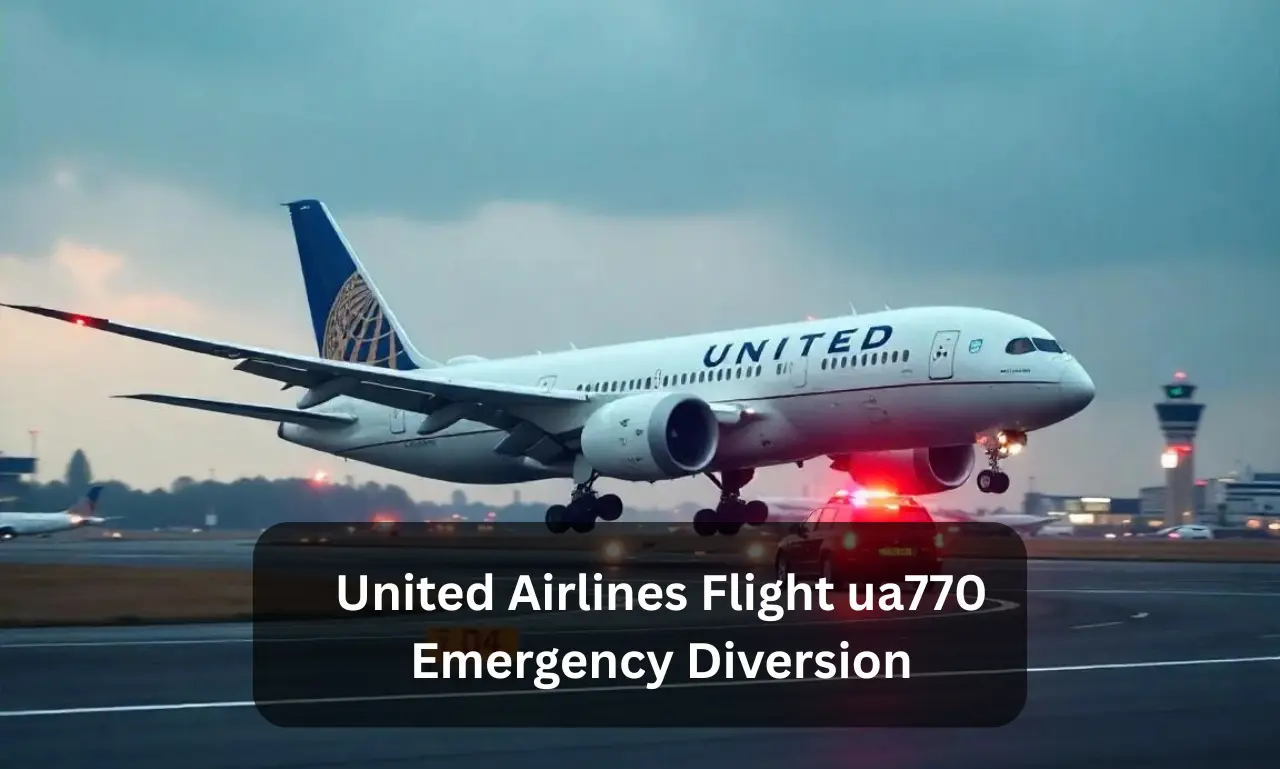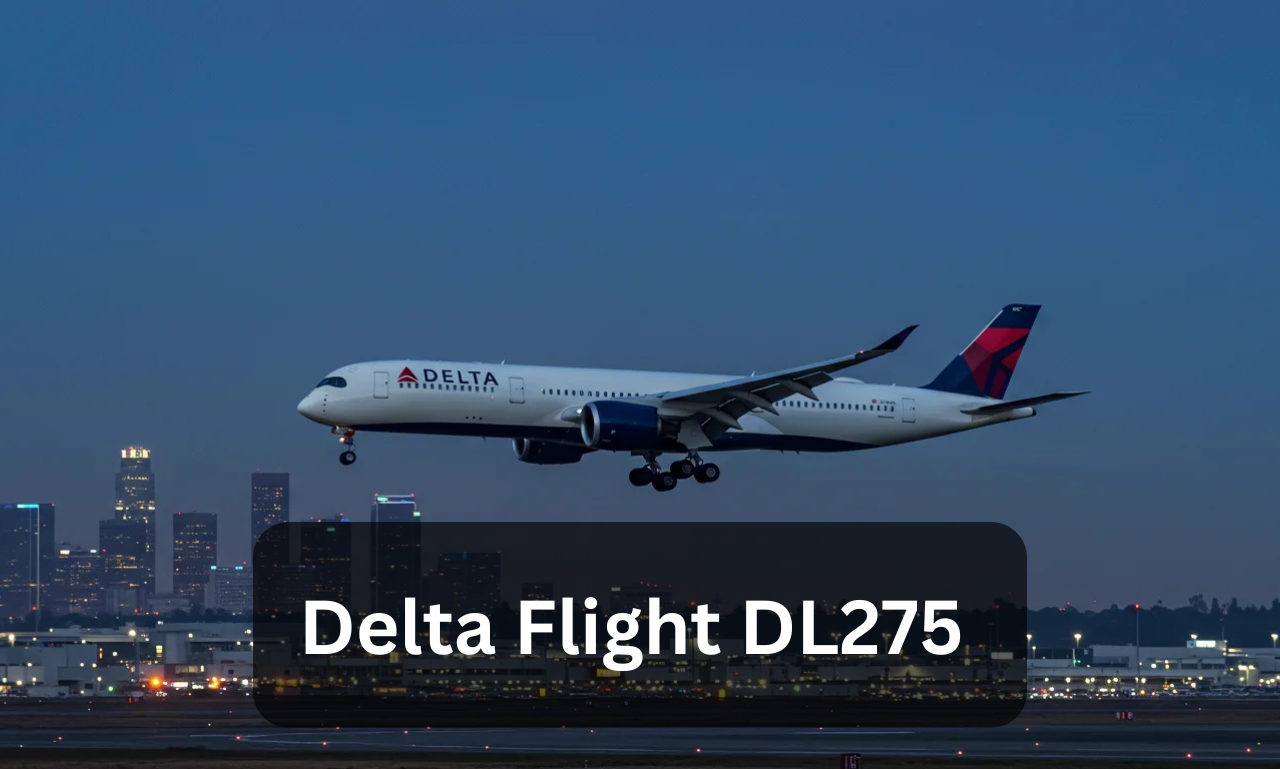Unexpected events during flights can raise questions, spark concern, and attract headlines around the world. One such case occurred in 2025 with the United Airlines Flight UA770 emergency diversion, which drew significant attention from travelers and aviation experts alike. While air travel remains one of the safest modes of transportation, emergency diversions like this one are serious matters that highlight the importance of aviation safety protocols.
As interest in flight safety and real-time travel updates grows in 2025, stories like the UA770 emergency diversion quickly trend online. In this blog post, we’ll break down what happened, what caused the diversion, and what it means for passengers and airline safety overall.
What Happened to United Airlines Flight UA770?
Flight UA770 was scheduled to fly from Tokyo Narita International Airport (NRT) to San Francisco International Airport (SFO). Midway through its route over the Pacific Ocean, the crew reported a technical alert and made the decision to divert the flight to Honolulu International Airport (HNL) as a precaution. The aircraft landed safely, and all passengers were unharmed.
The incident quickly became a trending topic, with “United Airlines flight UA770 emergency diversion” ranking among the top flight-related search terms in early 2025.
Main Reasons Behind the Diversion
1. Possible Cabin Pressure Irregularity
Initial reports from the airline suggest that the plane’s monitoring system detected a possible cabin pressure issue. Although the system didn’t report a full failure, the crew acted swiftly, following standard emergency protocols and choosing Honolulu as the nearest appropriate airport.
2. Quick Response by Crew
The pilots initiated a controlled descent and rerouted the flight. United Airlines has been praised for its strict safety procedures and crew training. In-flight crew members communicated clearly with passengers, reassuring them and explaining the change in destination.
3. Safety Protocols at Work
FAA regulations require pilots to divert to the nearest suitable airport when any potential safety concern arises. Diversions such as UA770’s are part of a broader safety system designed to prevent in-air complications from escalating. The aircraft was met on the ground by emergency crews, technicians, and airline staff.
Passenger Experience and Reactions
Many passengers onboard Flight UA770 took to social media after landing in Honolulu, expressing gratitude for the calm and professional behavior of the flight crew. One passenger, Daniel R., posted, “It was scary at first, but the United crew handled everything with total professionalism. We were kept informed and landed safely.”
United Airlines quickly arranged accommodations and rebooked passengers on alternate flights to San Francisco or their final destinations. Passengers were also offered food vouchers and updates through the United mobile app.
Airline Safety and Emergency Diversions in 2025
With modern aircraft equipped with sophisticated monitoring systems, emergency diversions are often based on precaution rather than confirmed danger. According to the Federal Aviation Administration’s 2025 aviation report, more than 95% of flight diversions are resolved without injury or major aircraft damage.
Aircraft like the Boeing 787, often used on long-haul routes like UA770, are equipped with automatic diagnostics that alert pilots to potential issues in real time. These systems are one of the reasons why flying has become even safer over the past decade.
Lessons for Travelers
If you’re ever on a flight that gets diverted, here are a few important things to remember:
- Stay calm and follow the crew’s instructions
- Listen for announcements and use the airline’s app for real-time updates
- Keep key items like medications and chargers in your carry-on
- Know that diversions are safety-driven, even if inconvenient
- Use airline support services to rebook and receive compensation if eligible
Why the UA770 Incident Matters
The United Airlines UA770 emergency diversion is a reminder of how advanced aviation safety systems have become in 2025. While the experience may have caused delays for some, it also showcased how trained crews and quick decision-making can prevent larger issues and keep passengers safe.
In a world where people fly more frequently and for longer distances, awareness of what to expect in these situations can reduce anxiety and help passengers respond confidently. The way this incident was handled reflects United’s ongoing commitment to passenger safety.
Conclusion
The emergency diversion of United Airlines Flight UA770 was a well-managed situation that prioritized safety over convenience. Thanks to early detection systems and experienced crew members, all passengers reached the ground safely and were rebooked with care. While no one wants their flight to be diverted, this story is a reassuring example of the airline industry doing what it’s supposed to do—put safety first.
Have you ever been on a diverted flight? How did the airline handle it? Share your experience or comment on what you’d want to know if it ever happened to you.
Related Link:
To follow real-time updates on diverted flights, visit FlightAware.com
For More Articles, click here



